Geographic Information System
Type of resources
Available actions
Topics
Keywords
Contact for the resource
Provided by
Years
Formats
Representation types
Update frequencies
Scale
-
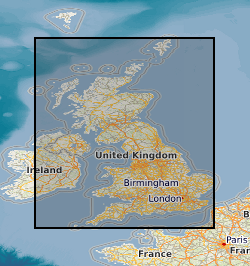
This layer of the map based index (GeoIndex) shows the location of onshore UK boreholes known to BGS that have digital or paper geophysical borehole logs. The details given for each borehole are, the name of the borehole, the grid reference and the format, ie. paper or digital. Scattered distribution of boreholes, locally dense coverage, few logs from Scotland. The GeoIndex is updated at regular intervals but more information may be available than is shown at any one time.
-
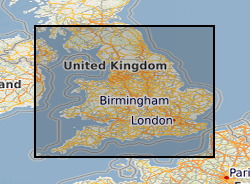
This layer of the map based index (GeoIndex) shows sites where regularly monitored rest water level data are available, usually covering a long time period. The data shows seasonal fluctuations in the water table and responses to periods of high or low rainfall.
-
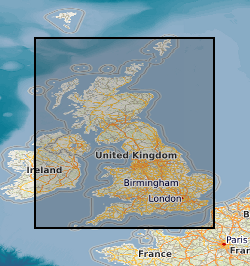
The map shows the location of excess sample materials from the G-BASE (Geochemical Baseline Survey Of The Environment) geochemistry project:- stream sediments, panned heavy mineral concentrates and soils are stored long term in the National Geoscience Data Centre and are available for use in other projects. The Minerals Programme (incorporating the Mineral Reconnaissance Programme) sample collection contains reference samples of drill cores, rocks, tills, soils, stream sediments and panned concentrates. These samples were collected in the period 1974 - to date in mineralised and potentially mineralised areas of the United Kingdom, principally in the northern and western Britain.
-
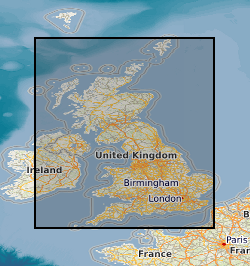
This layer of the map based index (GeoIndex) shows the locations of known mines, mineral showings and localities, including sites where minerals of economic interest have been identified in panned concentrates. The information for the index is taken from the Mineral Occurrence Database. The Mineral Occurrence Database holds information on mineral occurrences in the UK including locations of known mines, deposits, prospects and mineral showings, including sites where minerals of potential economic interest have been identified in panned concentrates. Data is normally taken from published sources or from internal BGS records, such as field sheets, rock and stream sediment collection cards. Data compilation started ca. 1994 and the database currently holds about 13 000 records, but details of many more old workings and occurrences remain to be added.
-
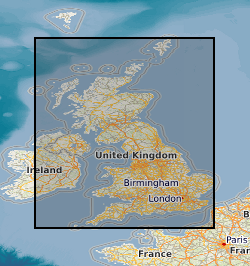
The map shows the localities of significant fossil samples, either collected by BGS Staff, or donated by individuals and institutions. The BGS fossil collections contain over 2 million specimens, including a sizeable quantity of type, figured and cited material. Since a small number of fossil locations are confidential, you are unable to view this dataset at large scales. However, if you send a data enquiry, such information may be made available. Enquiries are normally free, but a charge may be levied depending upon the time taken; users will be notified in advance. Material is available for inspection on application by e-mail. Specimens are sometimes available for loan to bona fide academics.
-
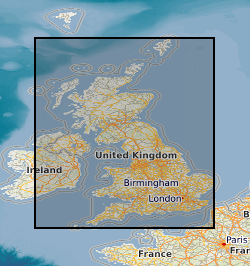
The map based index includes outlines for some 8,000 opencast coal prospecting sites dating from the 1940s until the mid 1990s. The index leads to information on the records of some 1 million boreholes (additional to those shown in the Borehole Records layer) drilled during site exploration and also the accompanying plans and other data, all filed in 3,618 boxes. The sites include those that have been drilled and not worked and also those that have been exploited. The original data, hardcopy maps, were received from the Coal Authority in 2001.
-
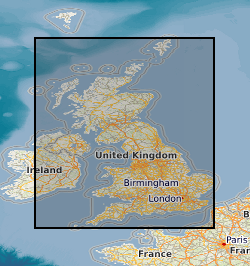
This layer of the map based index (GeoIndex) shows the location and name of active mineral workings in the UK and is derived from the BGS BritPits (British Pits) database. The BritPits database of onshore mineral workings in the UK is based on the records of the BGS, the Coal Authority, industry sources and the Valuation Office Agency (Minerals) and is maintained by the BGS Onshore Minerals and Energy Resources Programme. The database describes individual workings, both currently active and formerly worked, in terms of name, location (including Mineral Planning Authority), ownership, basic geology, commodity produced and end-uses. Contact details including the operator name, address, postcode and telephone and fax numbers are held where known. The location of over 6000 workings are held, with about 2000 currently being worked. The data can be produced digitally, under licence, in formats to meet customer requirements, such as locations of workings or operator addresses, and is suitable for use in GIS applications using the British National Grid. Although the GeoIndex is updated at regular intervals more information may be available than is shown at any one time.
-
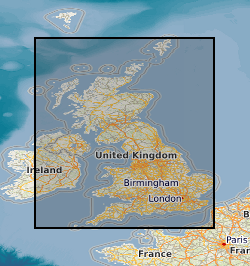
This layer of the map-based index (GeoIndex) shows the boundaries of the G-BASE (Geochemical Baseline Survey of the Environment) project mapping areas, which are reported as geochemical atlases. The majority of atlases are for stream sediment, with data on stream water and soil included where available. Separate stream sediment, soil and stream water atlases have been published for Wales. Hard copy atlases are available for Shetland, Orkney, South Orkney and Caithness, Sutherland, Hebrides, Great Glen, East Grampians, Argyll, Southern Scotland, Lake District, NE England, NW England and N Wales and Wales. Digital atlases/map products are available for the Clyde Basin, Central England, London Region and SW England. National digital atlas products are available also.
-
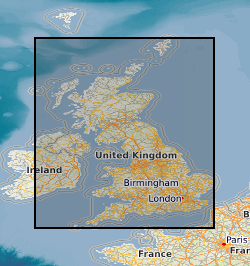
This layer of the GeoIndex shows the location of available 1:50000 scale digital geological maps within Great Britain. The Digital Geological Map of Great Britain project (DiGMapGB) has prepared 1:625 000, 1:250 000 and 1:50 000 scale datasets for England, Wales and Scotland. The datasets themselves are available as vector data in a variety of formats in which they are structured into themes primarily for use in geographical information systems (GIS) where they can be integrated with other types of spatial data for analysis and problem solving in many earth-science-related issues. Most of the 1:50 000 scale geological maps for England & Wales and for Scotland are now available digitally as part of the DiGMapGB-50 dataset. It integrates geological information from a variety of sources. These include recent digital maps, older 'paper only' maps, and desk compilations for sheets with no published maps.
-
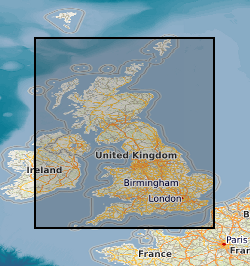
This layer of the map based index (GeoIndex) is a map based index of the National Well Record Archive. This index shows the location of water wells along with basic information such as well name, depth and date of drilling. The index is based on the collection of over 105,000 paper records of water wells, springs and water boreholes. Geological information, construction details, water quality data and hydrogeological data may also be available for some water wells. The amount of detail held on individual sites varies widely and certain fields will have an 'unknown' value where the paper records have yet to be checked for their content. The zero values for the depth represent those for which the depth has yet to be entered into the database from the paper records.
 NERC Data Catalogue Service
NERC Data Catalogue Service